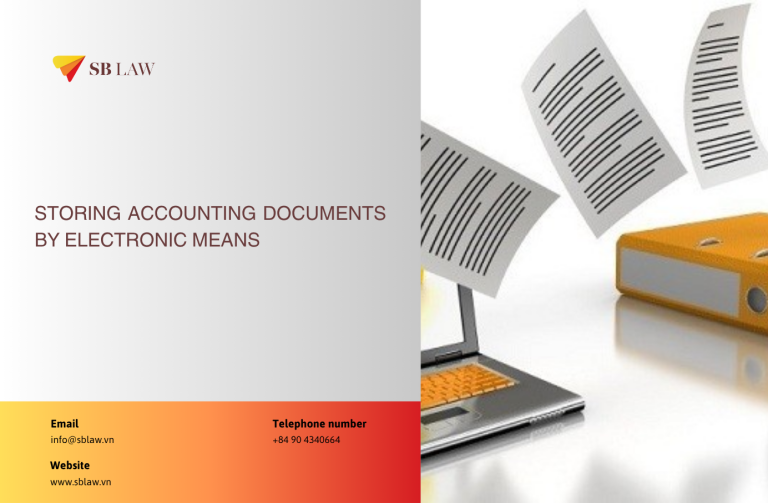1. Overview
Since the “Doi Moi” or Renovation were introduced in 1986, the Information and Communications sector has quickly affirmed its position in the soci-economic development of the whole country. Since 1993, Vietnam started to implement the “speeding up” strategy for the period of 1993-2000 with the guideline of “directly approaching the modern technology and using the external force to develop the internal force”. During this period, the sector has entirely digitalized the telecommunication network, developed new services, extended the services to rural areas, and the business productivity grew rapidly.
Coming into new century, since 2001, Vietnam has profited opportunities, made the full use of its advantages, timely implemented the “Integrating and developing” strategy with the motto of “making the best of its internal force, building competitive environment, and integrating into the international economy”. During the period of 2001-2010, Vietnam information and communication technology (ICT) has also changed its administrative management method as well as business management one, and has gained initiative in the international integration. Also during this period the monopoly has been removed, PT & IT market has been opened with a full competition among all types of services.
After the last three periods, thank to the successful implementation of the important strategies, Vietnam ICT has gain many impressive achievements: the telephone penetration rate is nearly 50%, 100% communes have telephones, Internet users reaches over 20% of the population, the average radius of postal points is less than 2.3 km; The growth rate of IT industry is higher and higher: the average growth rate of the hardware industry is from 20% to 30 %, of the software industry and services is from 30% to 40%. Vietnam ICT has made a significant contribution to improve the management capacity in production & business, to eliminate hunger & reduce poverty, to narrow the digital divide and to ensure the safety and the security of the national information network as well. Since Vietnam took part in World Trade Organization (WTO) officially, Vietnam telecom industry has become a potential regional and international partner to many countries by integrating more in the global economic and trade cooperations, it has caught up the development of religion, played an important part in industrialization and modernization causes, contributing strongly and effectively to the GDP growth with an increasing rate of about 8-10%.
2. Current status of FDI in the sector:
(There was no Information and Communication sub-area before 2010)
Viet Nam has made a good impression to international investors community as a responsible member, who is committed to preserving its national prestige and sovereignty as well as the legitimate rights of other members. In terms of capital, Viet Nam continues to maintain and promote the established partnerships and simultaneously expand its potential cooperation with other emerging economies in order to create investment opportunities and development momentum for domestic enterprises, serving the goal of reaching out to the international market.
As seen on the graph, from 2010 to 2011 the number of new FDI projects in the sector fell from 73 to 70. However, there was a significant rise in the total registered capital. This shows a remarkable increase in the scale of FDI projects in the sector for the average scale of a project in 2011 is of around U.S.$12.7 million, a substantial 10 times the moderate U.S. $1.5 million in 2010.
Graph 1: FDI capital in Information and Communication sector 2010-2011.

3. Growth potential:
The information and communication sector in Vietnam has now possessed exceptional advantages and potentials. Thanks to recent government policies to liberalize market and attract foreign investment, there has been an increasing number of multinational ICT corporations worldwide investing in the information and communication sector in Viet Nam. These organizations have efectively exploited the fexible labor market and contributed signifcantly to the ICT sector’s revenue.
- The broadcasting industry in Vietnam is now growing with astonishing speed and the technology is in the transition from analog to digital with the estimated cost of around US $ 231 million.
- According to IIR Exhibitions – the leading international provider of specialist information and services, Vietnam is considered one of the coutries that possess the most fast-growing media and enternainment industry in the world.
4. Strategies & Development Master plans
The Ministry of Information and Communications (MIC) has recently issued the “Strategic Orientations for the Development of Information and Communication Industry (ICT) of Vietnam in 2011-2020”, which is called the “Taking-off strategy”. This new policy claims that after 20 years of renovation, the post and telecommunications sector of Vietnam has made comprehensive and outstanding progress, quickly narrowing the gap of development with countries in the region and the world. The “Taking-off strategy” aims to bring Vietnam’s ICT industry to an advanced level compared to ASEAN countries while post and telecommunications infrastructure reaches the average of developed countries. In the future, ICT and the Internet will be applied widely and deeply in all fields of economics, culture, and politics. Other goals include: ICT to become a key economic sector; some major products in the hardware and software industry to reach the level of developed countries; human resources in the field of ICT to reach the level of leading ASEAN countries in terms of quantity, standards and quality. Moreover, this strategy is expected to contribute to the goal of Vietnam to basically become a modern industrialized economy by 2020.
Source: https://dautunuocngoai.gov.vn/news/88/information-communication




